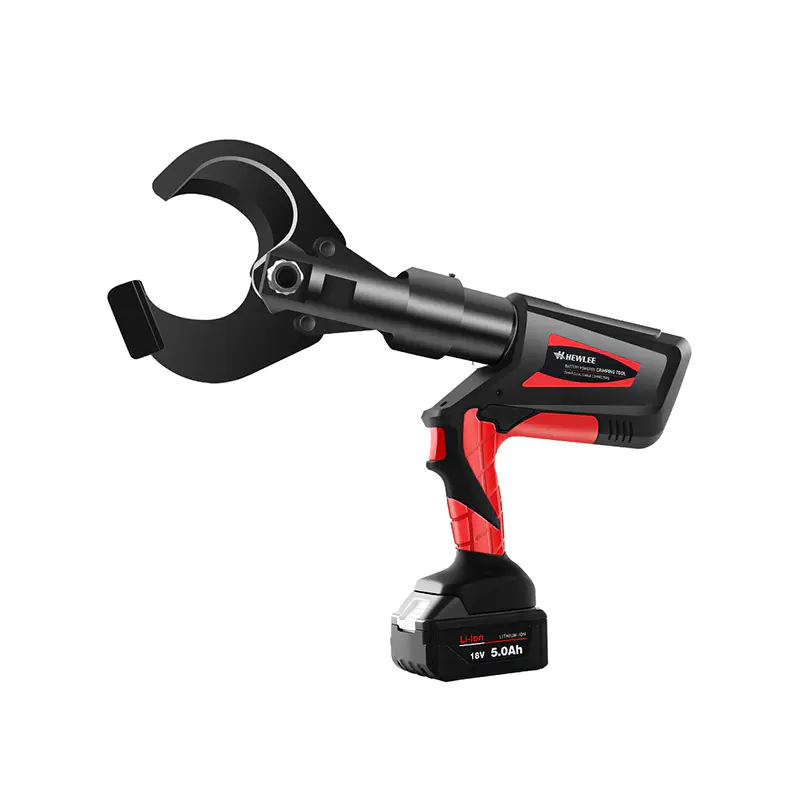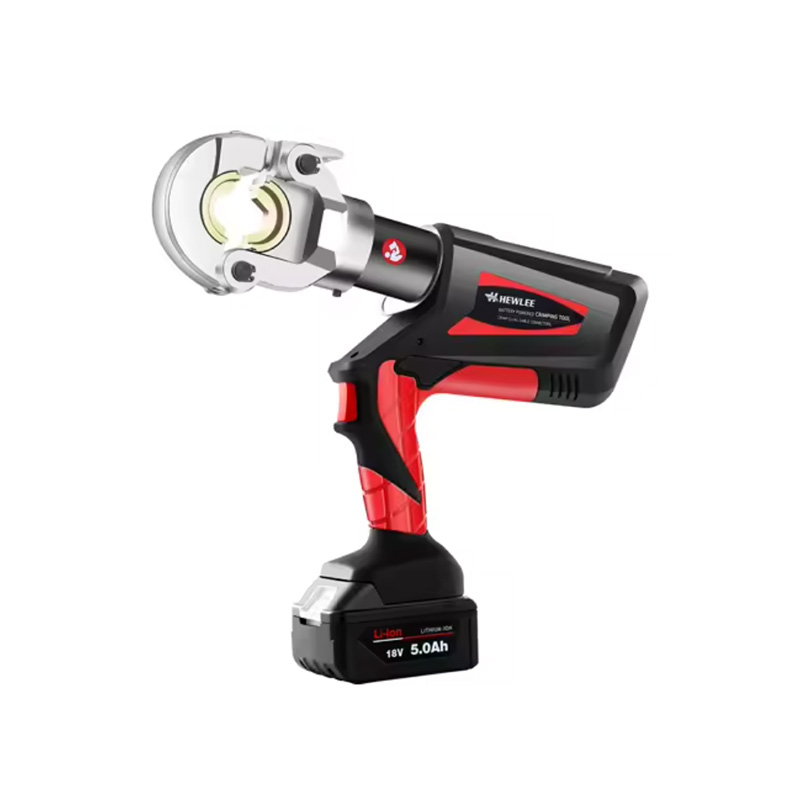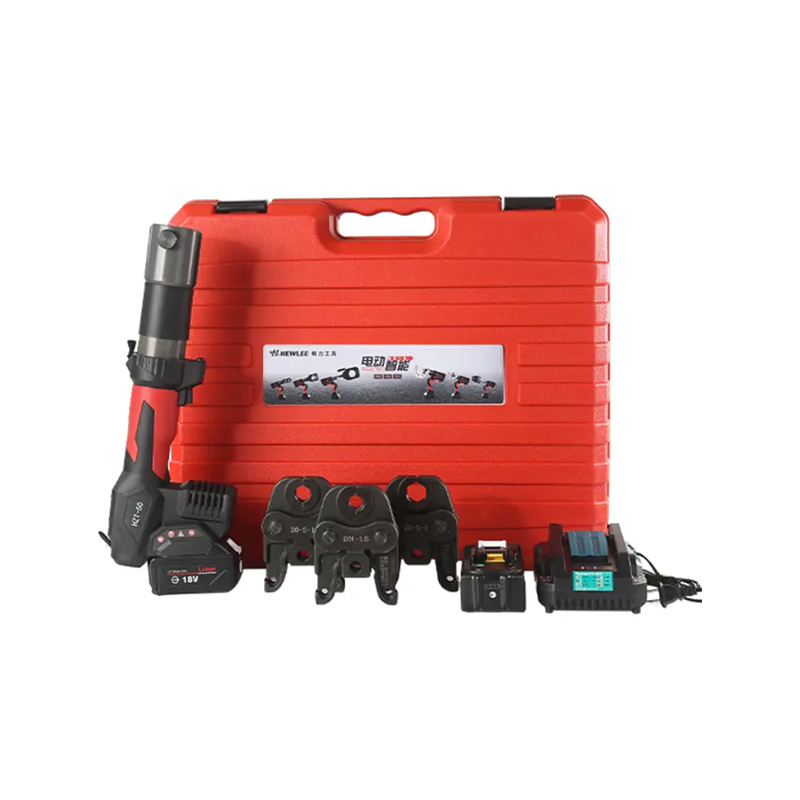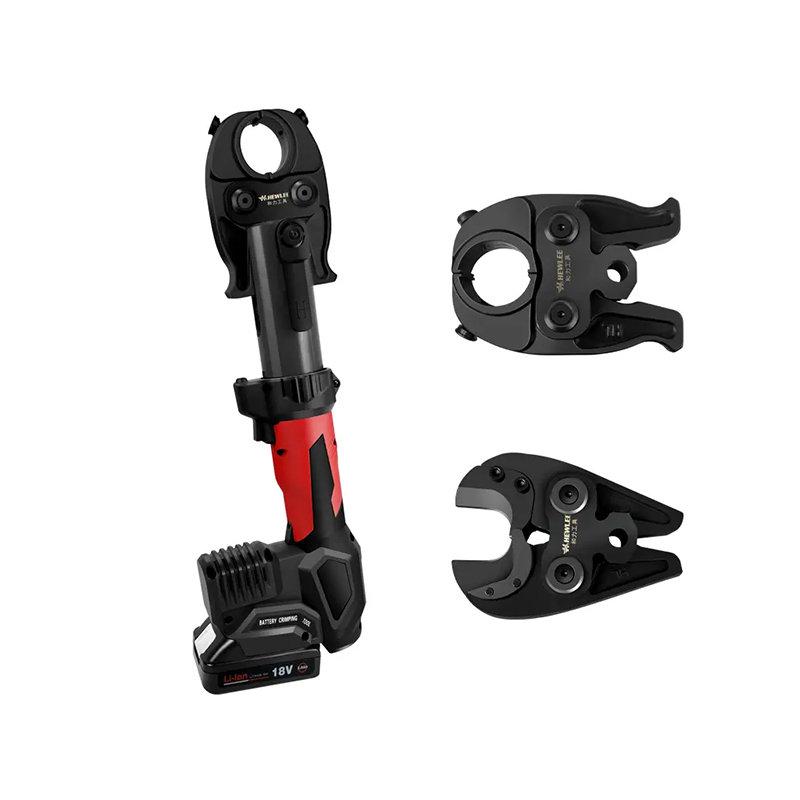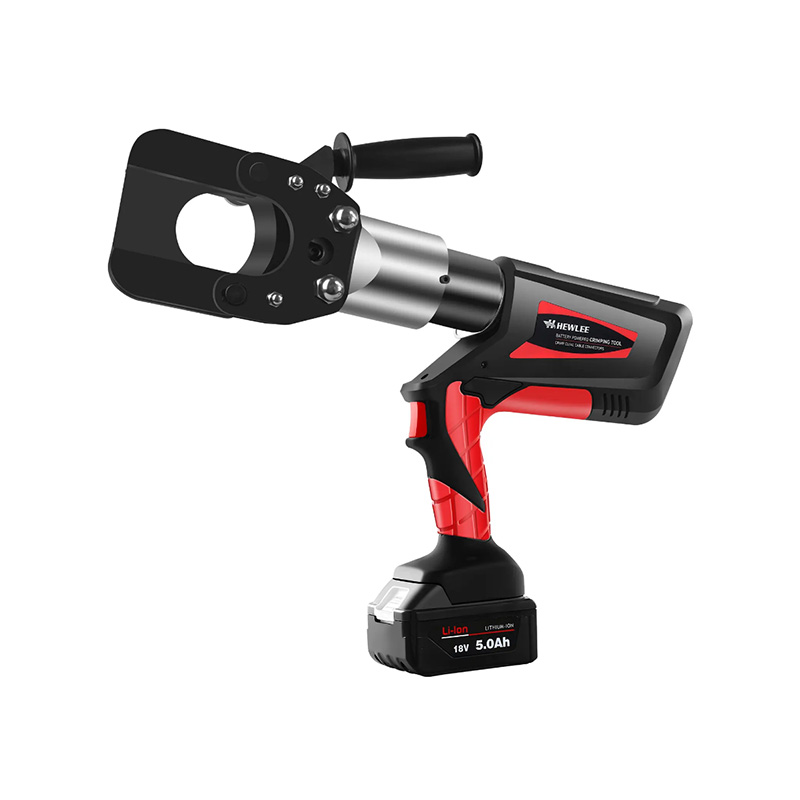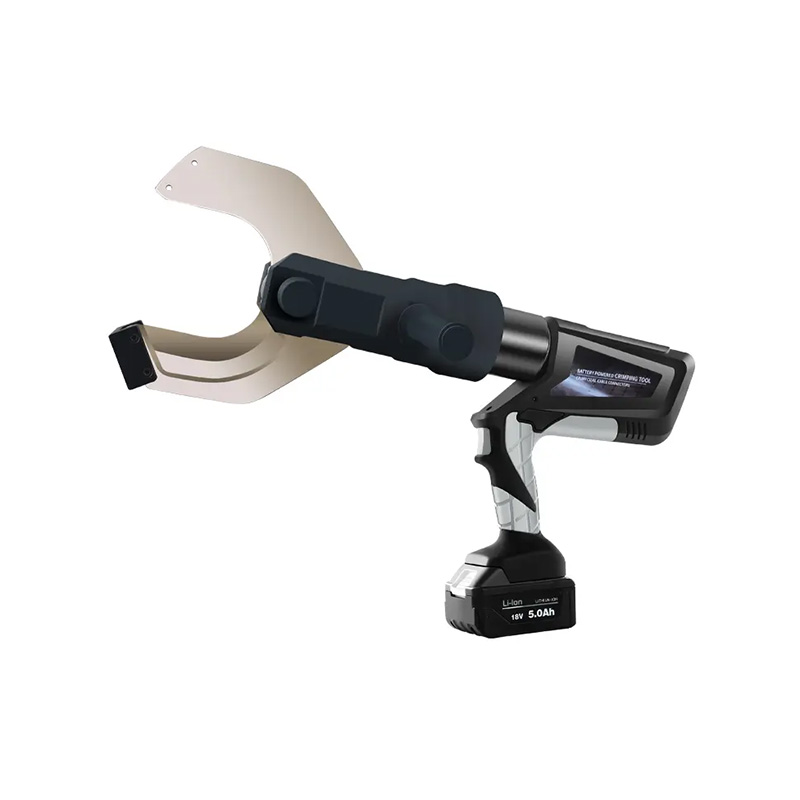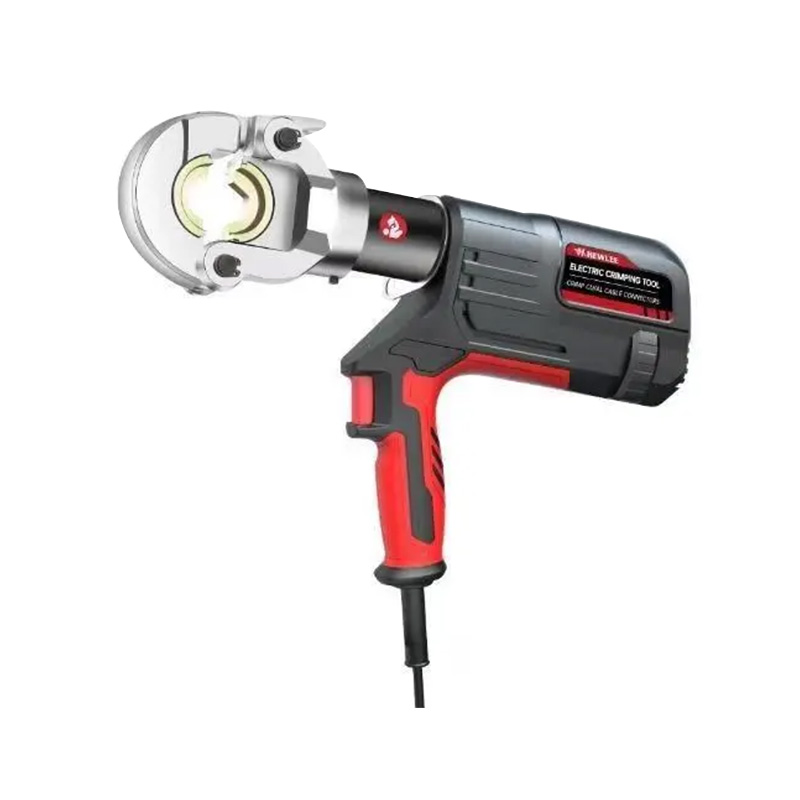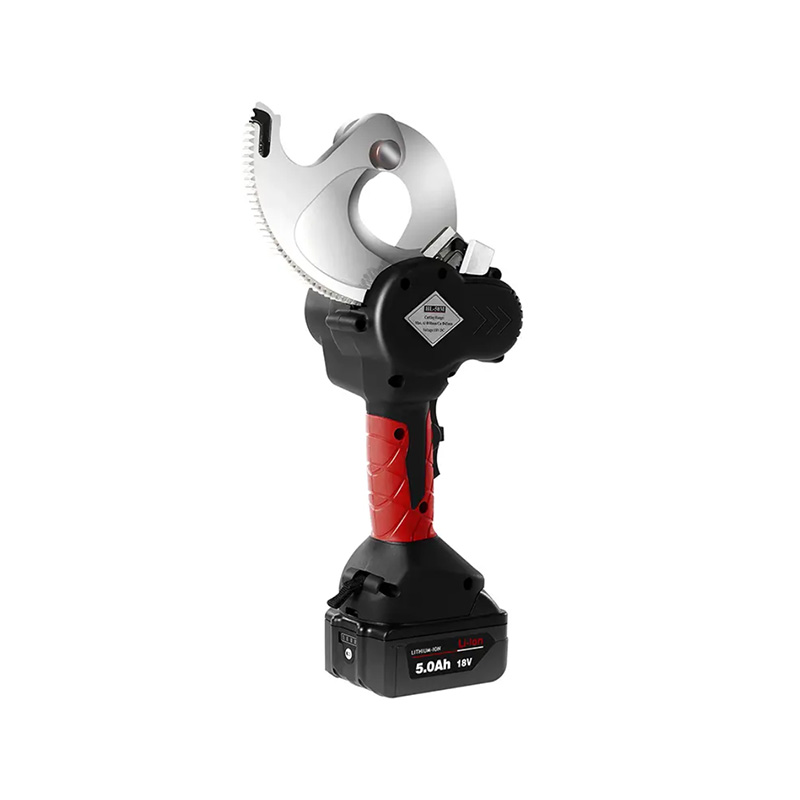Contact us to find out how our products can transform your business and take it to the next level.
Innovative Designs Boost Hydraulic Cable Tool Ergonomics and Efficiency
 2025.08.15
2025.08.15
 Industry News
Industry News
Modern electrical work demands more than just raw power—technicians are seeking tools that are not only effective but also comfortable and efficient to use over long periods. In this context, innovations in both the hydraulic cable cutter and hydraulic crimping tool are setting new standards for ergonomics and operational ease.
As more industries adopt battery-operated solutions, these tools are becoming lighter, more intuitive, and better suited to handle the evolving challenges of installation, maintenance, and repair work across multiple sectors.
A Shift Toward User-Centric Tool Development
Historically, many heavy-duty tools focused solely on functionality. But as job sites become more safety-conscious and productivity-focused, manufacturers are designing hydraulic tools that minimize strain on the user while maintaining precision and power.
Key Features Driving Ergonomic Improvements:
Rotating heads for flexible access in tight angles
Lighter frame materials, such as high-strength aluminum alloy
Single-hand operation with integrated triggers
Non-slip grips that reduce hand fatigue during extended use
Both the hydraulic cable cutter and hydraulic crimping tool have benefited significantly from these design trends, making them more appealing to operators in fields such as electrical contracting, telecommunications, and infrastructure projects.
Reducing Downtime Through Smart Tool Design
Efficiency on the job site is critical. Tools that require excessive adjustments or break frequently cause downtime and project delays. Innovations in hydraulic cable tools now emphasize modular components and quick-release mechanisms to streamline use.
For example:
Crimping dies can now be swapped without additional tools
Battery systems are shared across multiple devices
Automatic pressure release improves cutting precision and avoids over-crimping
These features not only increase safety but also reduce operator training time. A technician can now pick up a tool and use it correctly with less instruction, thanks to user-friendly design improvements.
Real-World Impact Across Applications
Let’s explore how improved tool ergonomics and efficiency affect different fields:
1. Telecommunication Installations
Installing fiber and coaxial networks involves handling large volumes of cables in confined environments. Lightweight hydraulic cable cutters make clean, safe cuts without damaging surrounding wires. Paired with a precise hydraulic crimping tool, they ensure signal stability through secure terminal attachments.
2. Power Distribution
In electrical substations and transformer setups, time is of the essence. Hydraulic crimpers allow fast, uniform connection of conductors, while cable cutters quickly trim heavy-duty wires to spec—without operator fatigue slowing down the process.
3. Rail and Transit Maintenance
Workers often operate in unpredictable weather and difficult angles. Battery-powered hydraulic tools with swivel heads and ergonomic grips allow technicians to maintain control without excessive strain, reducing the risk of repetitive stress injuries.
The Role of Battery Technology in Design Innovation
Another major factor pushing ergonomic design forward is battery technology. Today’s lithium-ion batteries are:
Smaller and lighter
Quick to charge
Long-lasting, enabling a full day’s work on a single charge
With integrated battery status indicators and shared platforms between tools, the same power unit can be used for both hydraulic cable cutters and crimping tools, reducing equipment weight and simplifying logistics.
Efficiency and comfort are no longer optional—they are expected. With modern hydraulic cable cutters and hydraulic crimping tools evolving to prioritize ergonomic design, technicians can now work longer, safer, and more efficiently.
From rotating heads to lightweight bodies and intelligent batteries, the improvements in tool design are not just about convenience—they directly contribute to better results and fewer injuries on the job. As infrastructure demands grow, so too will the reliance on tools built with the user in mind.
 English
English русский
русский Español
Español
